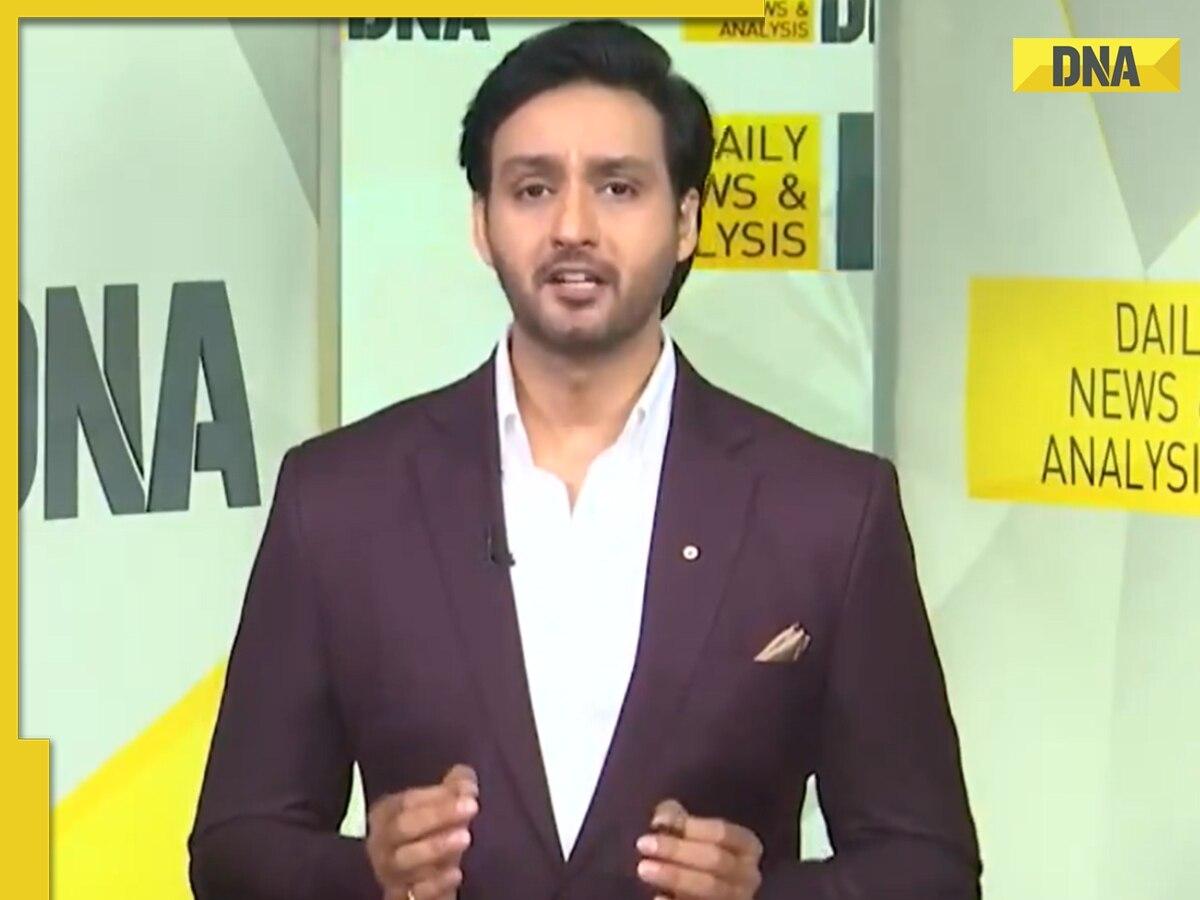
In a tragic incident that has sent shockwaves through the city of Pune, a 17-year-old boy has been granted bail despite being involved in a horrifying car accident that resulted in the deaths of two people. The teenager, who was reportedly under the influence of alcohol, was driving his speeding Porsche when he collided with a motorcycle, killing both riders on the spot. The incident occurred late Saturday night and has since sparked widespread debate about the legal implications and moral ramifications of the case.
The Pune police were quick to act, detaining the boy and immediately petitioning the Juvenile Justice Board to treat him as an adult due to the grave nature of the crime. The boy, who is 17 years and eight months old, was allegedly in an inebriated state at the time of the accident. The police argued that his age was close enough to the legal threshold to warrant an adult trial, especially given the severity of the offense.
However, in a controversial decision, the Juvenile Justice Board granted the boy bail just hours after the crash. The conditions of his release included a 15-day period of community service and the requirement to write a 300-word essay on road safety. This ruling has ignited a firestorm of criticism from the public and the families of the victims, who feel that the punishment is not commensurate with the gravity of the crime.
Adding fuel to the fire, a video has surfaced showing the boy and his friends at a bar with liquor on their table, raising questions about the extent of his intoxication and the circumstances leading up to the crash. Despite this, the legal system continues to treat him as a minor, opting for a more lenient approach based on his age.
The Juvenile Justice Act does have provisions for treating minors between the ages of 16 and 18 as adults if they commit heinous crimes. In legal terms, a heinous crime is defined as one that carries a potential punishment of at least seven years under the Indian Penal Code. The police had hoped that this provision would apply in this case, allowing for a more stringent legal process.
However, the Juvenile Justice Board’s decision has left many questioning the effectiveness and fairness of the juvenile justice system.
. Critics argue that the current laws fail to deliver justice to the victims’ families, who are left to grapple with an inconceivable loss while the offender receives what they perceive as a mere slap on the wrist.
Public sentiment is overwhelmingly in favor of a harsher punishment. Many feel that the leniency shown to the boy does not serve as a deterrent to others who might commit similar offenses. “This is not just about two lives lost; it’s about the message we are sending to society,” said one distraught family member of the victims. “If this boy gets away with a light punishment, what’s to stop others from doing the same?”
In response to the growing public outrage, legal experts have been weighing in on the case. Some argue that the Juvenile Justice Board’s decision is in line with the law, which aims to rehabilitate rather than punish minors. Others, however, believe that the law should be re-evaluated to ensure that it can adequately handle cases involving serious crimes committed by minors close to the age of adulthood.
The debate also brings into focus the broader issue of road safety and responsible driving among young people. Statistics show that a significant percentage of road accidents in India involve underage drivers, some of whom are often under the influence of alcohol. This case has reignited calls for stricter enforcement of traffic laws and more robust awareness campaigns aimed at young drivers.
As the legal proceedings continue, the families of the two deceased individuals are left mourning their loved ones, seeking justice in a system that seems, at least to them, woefully inadequate. The community service and the essay on road safety stipulated by the Juvenile Justice Board may fulfill the letter of the law, but for many, they fall far short of delivering true justice.
The incident has put a spotlight on the complexities and limitations of the juvenile justice system in India. It remains to be seen whether this tragic event will lead to any substantial changes in the law, or if it will merely be another case highlighting the ongoing struggle between the principles of rehabilitation and retribution in the juvenile justice system.












